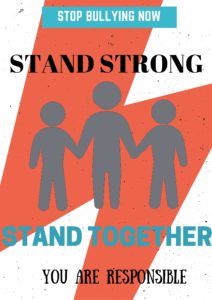Most girls can say that they played with Barbie dolls as a child. Some can even go as far to say that they envisioned themselves as Barbie. Can you blame those girls? Barbie had it all, a fantastic (although unrealistic) body, a well-mannered handsome boyfriend, and an incomparable career—make that 150 careers. Even as children we unknowingly already were comparing ourselves to Mattel’s idea of the perfect woman. She can do it all: cook, clean, raise a family, and have a successful career—all while smiling and having the perfect outfit and hair.
I don’t mean to hate on Barbie but her latest career choice brought out my feminist anger. Hear me roar, Barbie. In a legacy of female objectification that has now come full circle, Barbie, has debuted her latest modeling career on the alternative cover of Sports Illustrated Swimsuit Edition. The fact that Sports Illustrated felt that it was appropriate to make Barbie a sex symbol is absolutely ridiculous. The whole swimsuit edition is ridiculous actually, but that’s a rant for another day. They’ve taken a child’s toy and presented her as a sexual being for men to gawk at. If that’s not repulsive (and possibly perverted) I don’t know what is. Perhaps the saddest part of this whole issue is the fact that there has been no apology from Sports Illustrated. They don’t see what’s wrong with what they did. And maybe the blame should be shifted towards society. We didn’t make a big enough fuss to capture the attention and remorse of Sports Illustrated. We have accepted this magazine and what they do year after year. We have allowed them to cross numerous lines, and because of our lack of anger towards this issue, we just let them cross another one.
As weird as it may sound, Barbie is a role model for millions of girls (don’t get me started on the fact that little girls are looking up to a piece of plastic for). Put her on the cover of a mostly men’s magazine, in an issue that has way more to do with sex than sports, and “boom” you’re sending a horrible message to those same little girls. And what’s even worse, they juxtaposed a plastic doll alongside real women. What is that saying to women who see that; we’re on the same level as a piece of plastic? Or even worse, we are plastic. Are we just another object to society? This cover is an absolute outrage and a low blow to women everywhere. When are we going to start celebrating women for their intelligence not exploiting them for their bodies? And, as women, why do we tolerate it? Sure, we live in a time of “equality”, but the underlying messages in our media in entertainment speak a very different story. In magazines, movies and television shows women are constantly being objectified or even mocked. It’s time we stick it to Barbie, and society as a whole, and tell her how awful a role model she is. It’s time we make our own realistic Barbie, one who is intelligent and doesn’t look like she made the vertical ascent of her career, in a horizontal position.


Recent Comments